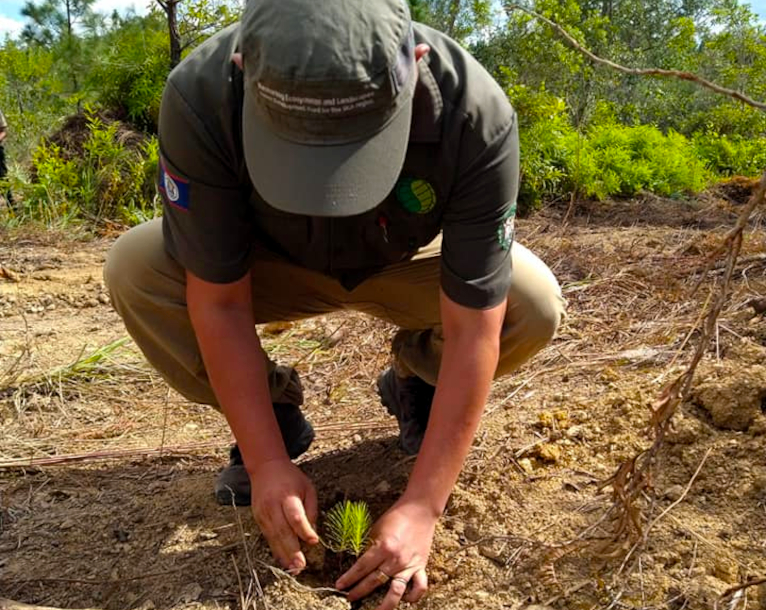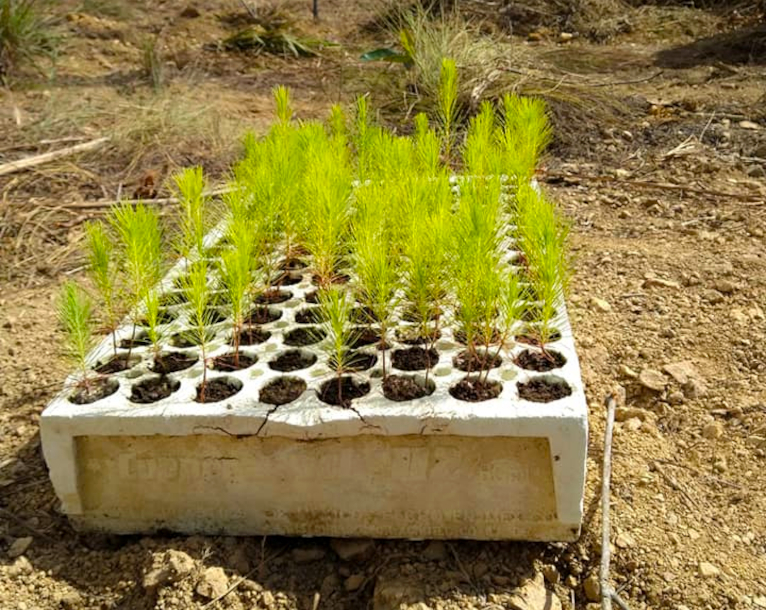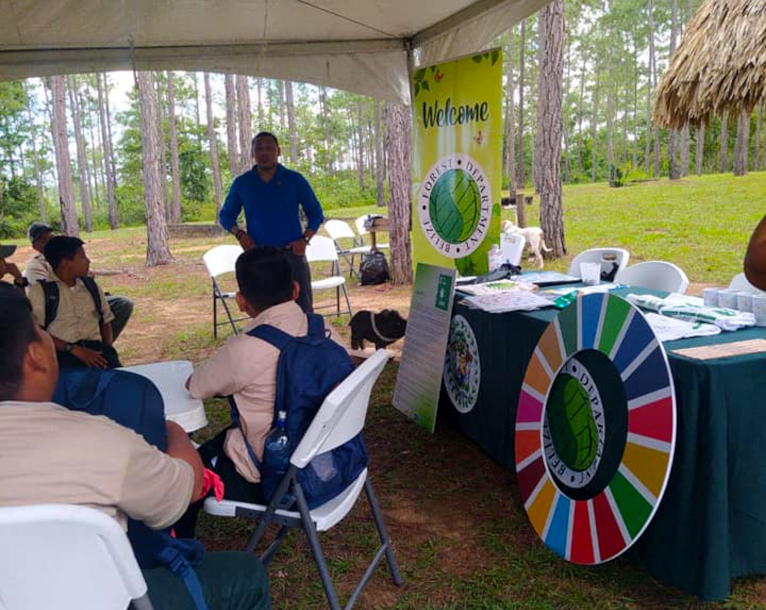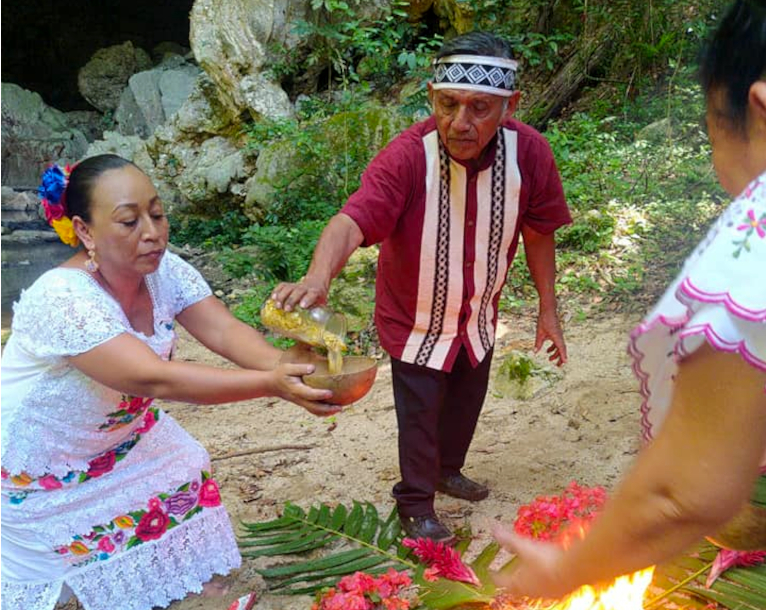Nature’s gifts
Have you ever wondered where drinking water comes from? Or the many services provided by nature on a daily basis? Ecosystems are “nature’s supermarkets” providing us with numerous goods and services that greatly contribute to our well-being.
From broadleaf and mangrove forests to wetlands and the peat ecosystems in the Sarstoon-Temash, these ecosystems provide us with goods and services – clean air and water, fertile soil, medicinal plants, and flood control services which are important for environmental and human well-being.
Ecosystem goods and services support many aspects of life
and are categorized into:1. Provisioning services:
direct products that are readily available. These include drinking water, timber, fuel, and medicinal plants.


2. Regulating Services:
basic services that contribute to our well-being. Trees purify air and filter water; bees pollinate flowers and mangroves provide us with flood control services.
3. Cultural services:
Cultural services are often taken for granted as these include the non-material benefits that contribute to the development and cultural advancement of people. These services include recreation, beauty (think back to when you visited Rio Frio Cave and were mesmerized by its beauty!) and tourism.


4. Supporting services:
These services are considered the most fundamental as these include the processes that sustain basic life forms and our well-being. These processes include photosynthesis, the water and nutrient cycles and the creation of soils. Without supporting services, cultural, regulating, and provisional services would not exist.
The quality of goods and services are directly affected by climate change, land use change, invasive species and other factors.
Environmental processes are interconnected, thus a negative interaction in one system can negatively affect the environment and our well-being. For instance, wildfires can transform forests into barren lands, leading to decreased wildlife populations, less tourism opportunities and in some cases leaving us with respiratory illnesses.
To highlight the life-sustaining benefits provided by ecosystems, the Forest Department, with support from the GIZ “Strengthening Strategic and Operational Cooperation for the Protection of the Selva Maya” project held a press briefing in the Mountain Pine Ridge Forest Reserve. Тhе press briefing saw the participation of members of the 7 Miles, San Antonio, Cristo Rey village councils, and students of United Pentecostal Primary School and provided a platform for dialogue аnd ѕеnѕіtіzаtіоn оn thе іmроrtаnсе аnd vаluе оf оur fоrеѕt есоѕуѕtеmѕ tо еvеrуоnе, іnсludіng оur есоnоmу.
You can do your part by planting native species, practicing responsible water and waste disposal and engaging in the restoration of natural habitats. When visiting protected areas, keep a safe distance from wildlife, respect signage and take nothing but photographs.


